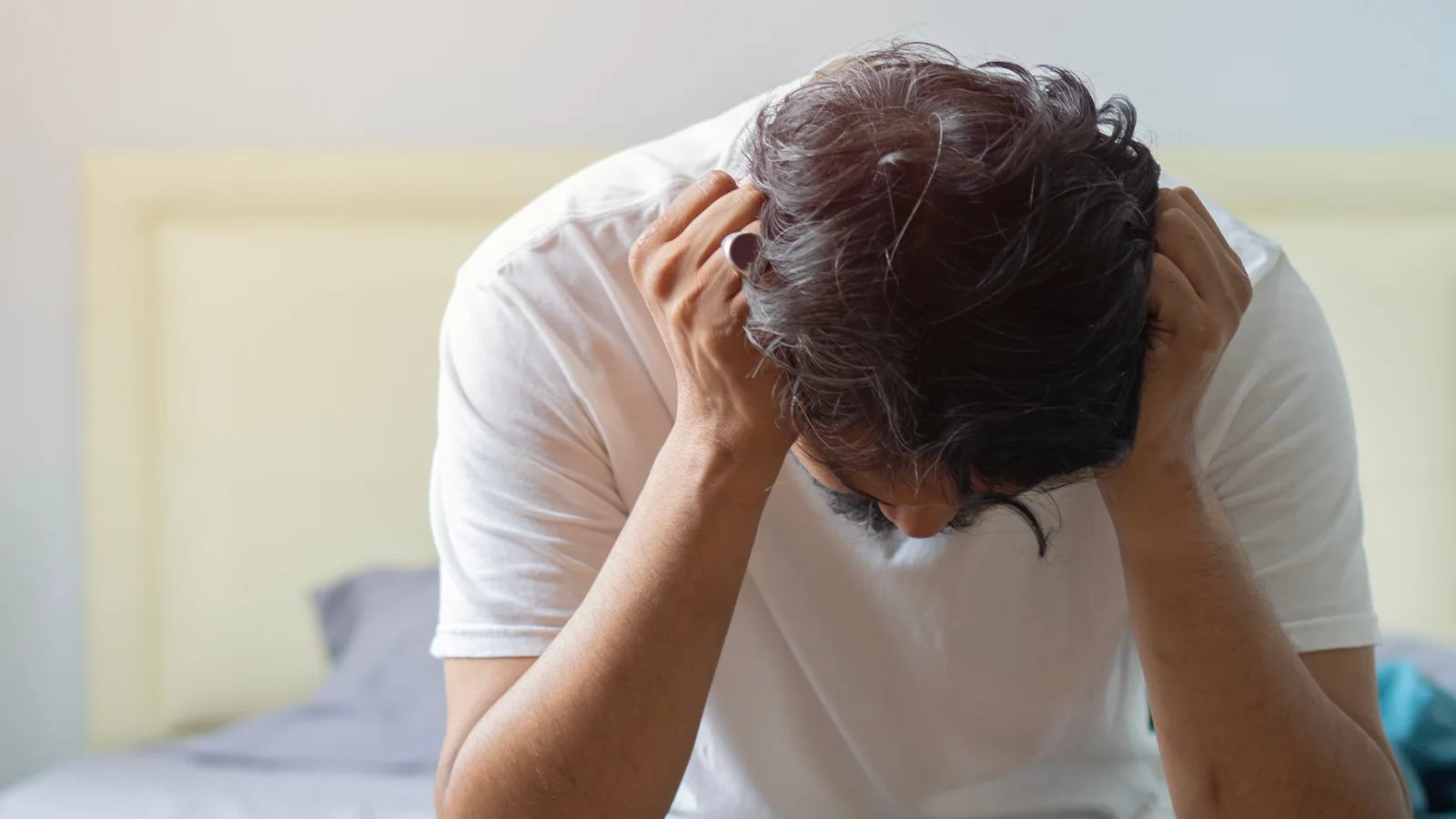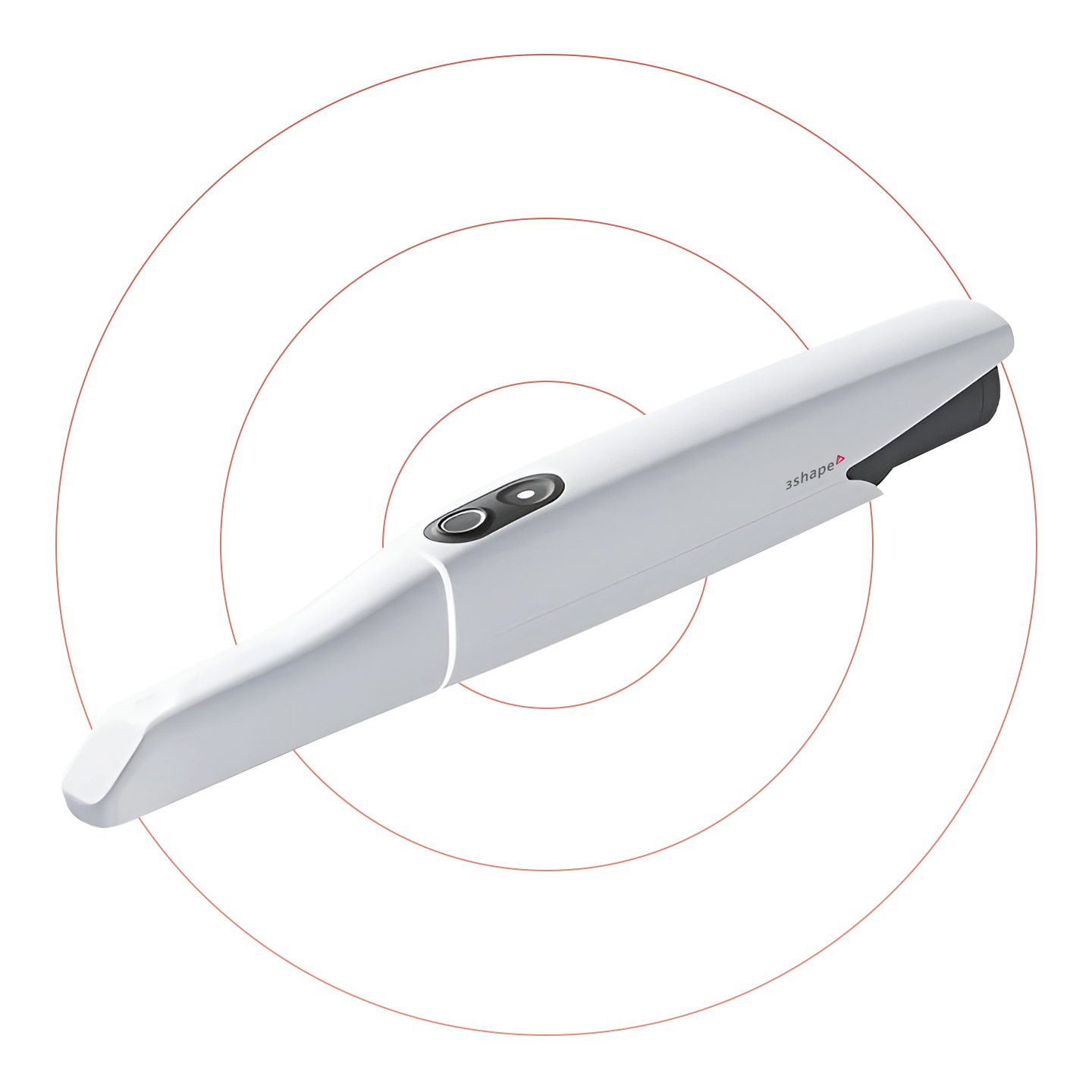The Role of Oral Appliances in Treating Sleep Apnea
Obstructive sleep apnea (OSA) impacts millions of people worldwide, disrupting their sleep and increasing the risk of severe health issues such as heart disease, diabetes, and hypertension. While continuous positive airway pressure (CPAP) therapy is often the standard treatment, oral appliances have emerged as an effective and patient-friendly alternative. For dentists, these devices not only present an opportunity to improve patients' health but also position their practice as a key player in addressing sleep disorders.
This article explores the benefits, types, and effectiveness of oral appliances for sleep apnea, emphasizing their role compared to traditional CPAP therapy and the critical involvement of dental professionals in treating OSA.
What Are Oral Appliances for Sleep Apnea?
Oral appliances are custom-fit devices worn in the mouth during sleep to keep the airway open. Designed primarily for treating obstructive sleep apnea, they work by repositioning the jaw or tongue to prevent airway collapse. These devices are small, portable, and often more comfortable than CPAP machines, making them an attractive choice for many patients.
There are two primary types of oral appliances:
- Mandibular Advancement Devices (MADs):
These are the most commonly prescribed oral appliances. MADs shift the lower jaw slightly forward, which also moves the tongue and associated soft tissues forward. This action opens the airway and prevents obstruction during sleep. With customization options such as adjustable titration mechanisms, MADs can be fine-tuned for maximum comfort and effectiveness. - Tongue-Stabilizing Devices (TSDs):
TSDs use suction to hold the tongue in a forward position, preventing it from falling back into the throat and blocking airflow. These devices are less common and are typically used for patients who cannot tolerate MADs, such as those with dental or jaw issues.
The Benefits of Oral Appliances for Sleep Apnea
Oral appliances offer a range of benefits that make them an increasingly popular choice for managing OSA, particularly for individuals who struggle with CPAP therapy. Key benefits include:
- Improved Comfort and Compliance: Unlike CPAP machines, which require wearing a mask connected to a noisy machine, oral appliances are compact, silent, and less intrusive. Studies show that patients are more likely to use custom-made oral appliances consistently compared to CPAP systems, with compliance rates reaching 90%.
- Enhanced Portability: Oral appliances are lightweight and easy to travel with, making them an excellent solution for patients who frequently travel or need flexible treatment options.
- Ease of Maintenance: Maintenance of these devices is straightforward. Patients simply need to clean the appliance daily and perform a deep clean weekly, which contrasts with the more complex upkeep of CPAP machines involving hoses and filters.
- Non-Invasive Solution: Oral appliances do not modify anatomy surgically, making them a safer and less daunting option for many OSA sufferers.
For dentists, the benefits extend beyond patient outcomes. Offering oral appliance therapy enables a practice to diversify services, attract new patients, and collaborate with sleep specialists.
How Do Oral Appliances Compare to CPAP Therapy?
Both CPAP machines and oral appliances aim to keep the airway open during sleep, but they differ significantly in design, usage, and patient experience.
Effectiveness
CPAP therapy is widely regarded as the gold standard for treating sleep apnea, particularly severe cases. It ensures the airway remains open through continuous airflow delivered by a mask. However, many patients find it uncomfortable, with at least 30-50% discontinuing use over time.
Oral appliances, while generally slightly less effective than CPAP for severe OSA, work exceptionally well for mild to moderate cases. Recent studies show that MADs can reduce apnea events by more than half in approximately 70% of patients, with one-third experiencing complete resolution of symptoms.
Comfort and Convenience
While CPAP machines require wearing a mask and being tethered to a machine, oral appliances are more discreet and allow for natural movement during sleep. They don't generate noise, ensuring a better experience for both the patient and their bed partner.
Maintenance
CPAP systems demand meticulous cleaning of hoses, masks, and water reservoirs to prevent bacteria buildup. Oral appliances, in contrast, have a simpler maintenance process, requiring only basic cleaning with a soft-bristled brush or soaking in cleaning solutions.
Mobility
CPAP machines, though portable models exist, can be cumbersome to transport and aren't ideal for camping or flights. Oral appliances fit easily into travel cases, providing uninterrupted treatment wherever the patient goes.
Types of Custom Oral Appliances for Sleep Apnea
Custom fabrication is crucial to the effectiveness and comfort of oral appliances. Here are some commonly used devices:
- Herbst Appliance:
Adjustable and durable, the Herbst appliance allows for lateral and vertical jaw movement, making it a versatile option for patients with a range of OSA severities. - Dorsal Appliance:
Featuring two separate components fitted for the upper and lower jaw, the dorsal appliance ensures jaw alignment while allowing for mouth breathing. - Silent Nite®:
Known for its flexibility and comfort, this appliance is particularly suitable for small mouths and patients undergoing dental restoration work. - Panthera Digital Devices:
Manufactured using advanced 3D printing technology, these appliances offer precise customization and added comfort features, such as rubber band hooks for promoting nasal breathing. - ProSomnus® EVO® Devices:
These innovative, medical-grade plastic appliances provide excellent durability and a high level of customization, accommodating various titration needs.
The Role of Dentists in Sleep Apnea Therapy
Dentists play a pivotal role in diagnosing and managing sleep apnea. Since many symptoms of OSA, including bruxism, high-arched palates, and enlarged tongues, can be observed during routine oral exams, dentists are in a unique position to spot potential cases early.
Key Responsibilities of a Dentist in Sleep Apnea Care:
- Patient Evaluation: Dentists assess the airway and oral structures to identify anatomical factors contributing to OSA.
- Collaborative Care: Partnering with sleep specialists ensures that patients receive comprehensive care, including referrals for sleep studies to confirm diagnosis.
- Customization and Monitoring: Once a sleep study confirms a need for treatment, dentists create detailed impressions or 3D scans of the patient’s teeth and jaw. These are used to fabricate custom oral appliances that fit precisely and optimize efficacy. Frequent follow-ups ensure any necessary adjustments are made to the appliance.
Educating Patients:
Patients often underestimate the dangers of untreated sleep apnea, which include cardiovascular risks and diminished quality of life. Dentists should proactively educate patients on their options and the benefits of oral appliance therapy versus alternatives like CPAP.
Is an Oral Appliance Right for You?
Oral appliances are typically recommended for:
- Patients with mild to moderate obstructive sleep apnea
- Individuals who cannot tolerate CPAP therapy
- Sleep apnea sufferers seeking a low-maintenance, portable solution
However, they may not be ideal for everyone. Severe OSA cases, central sleep apnea, and children typically require alternative approaches.
If you or your patients are exploring ways to better manage sleep apnea, consulting a dentist trained in oral appliance therapy is a vital first step. Through collaboration with sleep specialists, dentists can offer life-changing solutions that not only improve sleep but also restore overall health and vitality.
By incorporating oral appliance therapy into your practice, you have the opportunity to make a measurable difference in the lives of patients while carving out a niche in an increasingly essential area of dental care.
Conclusion
Sleep apnea treatments are evolving, and oral appliances are proving to be a game-changer for countless patients. These devices offer a comfortable, effective, and often more convenient alternative to CPAP therapy, particularly for mild to moderate OSA cases. More importantly, they provide dental professionals with the chance to expand their role in managing sleep health.
For patients, improved quality of sleep leads to better health, mood, and productivity. For dentists, offering oral appliance therapy strengthens the bond of trust with patients, establishes their practice as a leader in holistic care, and promotes collaborative treatment models.
To explore dental solutions for sleep apnea, consult with a qualified dental professional who can guide you toward the optimal treatment suited to your specific needs. Sleep better and live better with the help of modern oral appliances.


